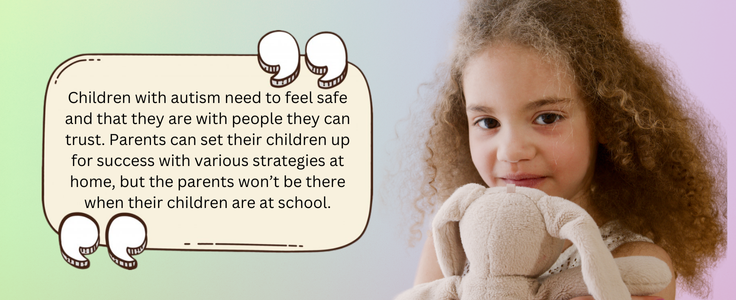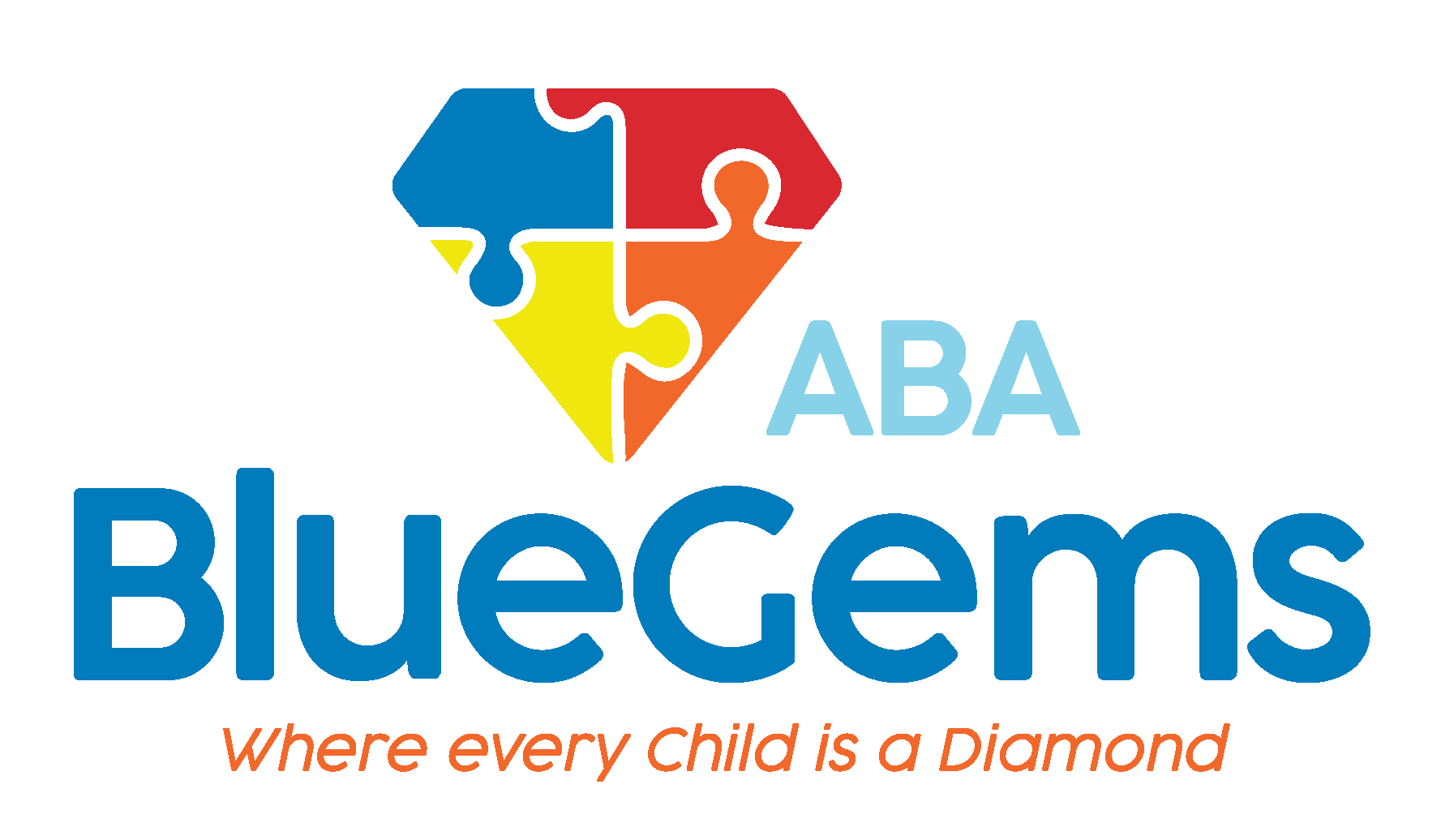Transición de la terapia ABA a la escuela pública: Buenas prácticas
El análisis conductual aplicado, o terapia ABA, se considera el patrón oro de los planes de tratamiento para niños con trastorno del espectro autista (TEA). Este enfoque del aprendizaje y el comportamiento, basado en la ciencia y la evidencia, ayuda a los niños autistas a desarrollar las habilidades sociales, comunicativas y de la vida diaria con las que suelen tener dificultades.
Uno de los principales objetivos finales de la terapia ABA es ayudar a los niños con autismo a vivir de forma más independiente. Para ello se utilizan diversas estrategias basadas en los retos, las necesidades y la situación de cada niño.
Aunque la terapia ABA tiene mucho éxito a la hora de ayudar a los niños a aprender nuevas habilidades y modificar su comportamiento, no está destinado a ser administrado para siempre. Un hito importante que la terapia ABA pretende ayudar a los niños a conseguir es la transición a la escuela pública.
Para ello, el niño debe hacer muchas cosas a las que puede no estar acostumbrado y con las que puede tener dificultades, como desenvolverse en entornos nuevos, adaptarse a rutinas diferentes y nuevas y relacionarse constantemente con sus compañeros y otras personas en interacciones sociales.
Proporcionar apoyo continuo a los niños con autismo que van a enfrentarse a estos retos es esencial para que tengan éxito en la escuela. He aquí algunas buenas prácticas para la transición de la terapia ABA a la escuela pública.
Más información sobre los métodos de enseñanza del ABA en las escuelas
Índice
Planificar las transiciones
A los niños autistas les suelen gustar las rutinas y lo que les resulta familiar. Cuanto más capaces sean de predecir lo que van a encontrarse, más probabilidades tendrán de sentirse cómodos.
Por eso es tan importante planificar las transiciones, tanto al llegar a la escuela como al salir de ella, y al pasar el día en el colegio. Es esencial que se establezca una coherencia en la medida de lo posible, y que el niño tenga la oportunidad de mantener rutinas que le resulten familiares.
Este plan debe incluir todo el día del niño: desde las rutinas matutinas en casa antes de ir al colegio, pasando por el transporte hasta el colegio, lo que hace en el colegio, cómo vuelve a casa del colegio y lo que hace en casa, hasta la hora de acostarse.
Obviamente, los padres desempeñan un papel muy importante a la hora de establecer rutinas que se adapten al estilo de vida de toda la familia, pero también tendrán que trabajar conjuntamente con los profesores y los administradores escolares.
Establecer una comunicación abierta
La comunicación eficaz será un aspecto esencial para el éxito de la transición a la escuela pública. Los padres, cuidadores y familiares deben establecer líneas abiertas de comunicación con los profesores y demás personal de apoyo de la escuela.
Los padres tienen que ser capaces de comunicar al personal de la escuela a qué retos se enfrenta su hijo, qué necesidades específicas tiene, cuáles son sus preferencias, qué le ayuda a superar las situaciones y mucho más.
Pero no se trata sólo de compartir esta información antes de que el niño empiece el colegio. Muchos niños con autismo necesitarán atención y apoyo constantes a lo largo de toda su trayectoria escolar, y la comunicación periódica entre los padres y el personal del colegio contribuirá a garantizar que reciben lo que necesitan.
Para que la experiencia escolar de los niños con autismo sea un éxito, es necesario un esfuerzo de colaboración entre el niño, los padres, los profesores y el personal de apoyo escolar.
Establecer relaciones
Para enfatizar este último punto, establecer relaciones será esencial para tener una transición positiva de la terapia ABA a la escuela pública. Aunque esto también incluye una buena relación entre los padres y el personal de la escuela, las relaciones más importantes son las que el niño formará en la escuela.
Los niños autistas necesitan sentirse seguros y estar con personas en las que pueden confiar. Los padres pueden preparar a sus hijos para el éxito con diversas estrategias en casa, pero los padres no estarán allí cuando sus hijos estén en la escuela.

Los padres y los terapeutas ABA pueden ayudar al niño a establecer estas relaciones y la confianza con los profesores y demás personal de apoyo escolar conociéndolos antes de ir a la escuela. Los profesores y el personal de apoyo pueden recibir formación sobre cómo utilizar el refuerzo positivo para motivar al niño y qué tipos de refuerzo positivo funcionan mejor para él.
También corresponde a la comunidad escolar crear un entorno inclusivo y acogedor para los niños con autismo. Esto servirá para que el niño se sienta incluido y parte del aula y le motive para relacionarse con sus compañeros y hacer lo necesario para poder aprender en la escuela.
Blue Gems ABA ayuda a los niños con autismo en su transición a la escuela pública
La transición de la terapia ABA a la escuela pública es un gran hito para los niños con autismo. Son muchos los retos a los que se enfrentarán los niños con TEA al hacerlo, como adaptarse a nuevos entornos, nuevas personas y nuevas rutinas, todo lo cual requiere un plan bien pensado.
En Blue Gems ABANuestro equipo de BCBA ayuda a nuestros pacientes a realizar esta transición sin problemas trabajando directamente con los padres, profesores y otro personal de apoyo escolar cuando es necesario. Entendemos que cada niño es único en lo que necesita y en los retos a los que se enfrenta, y ayudamos a elaborar planes de transición a la escuela pública que aborden esos retos.
Para más información Contacto hoy.




